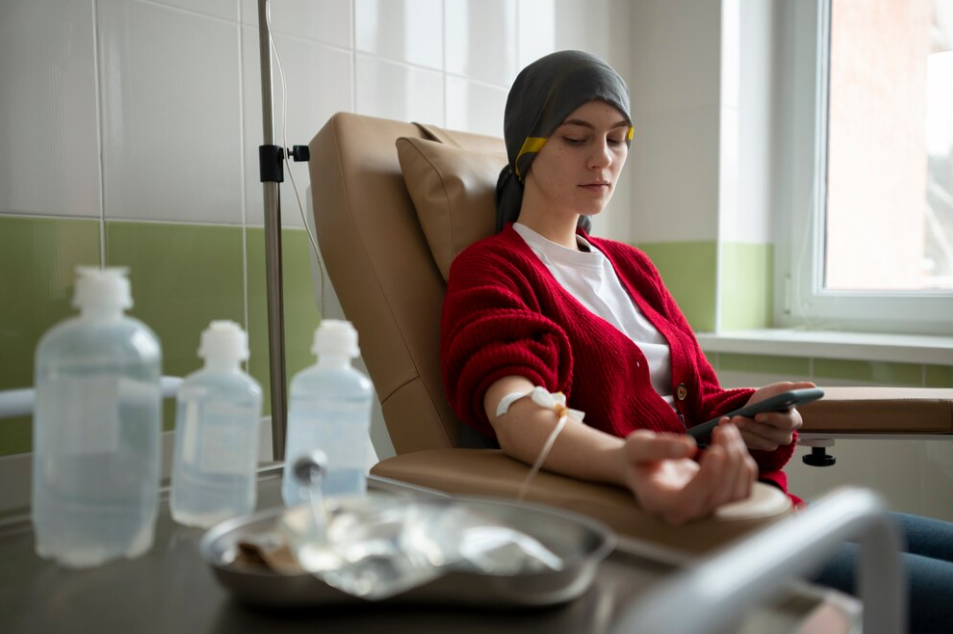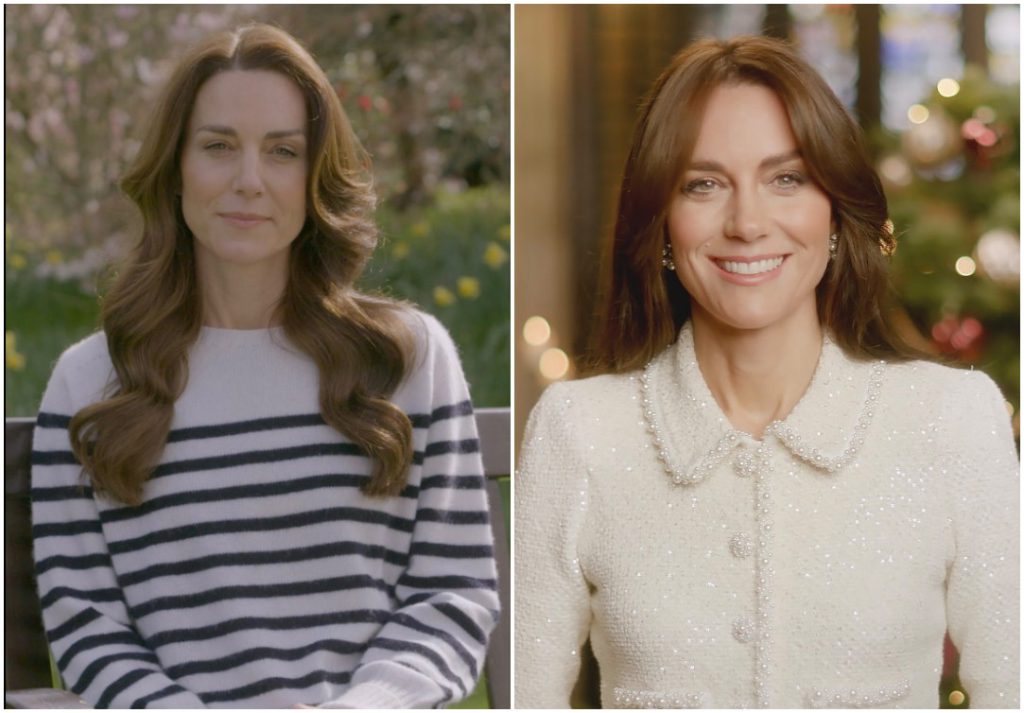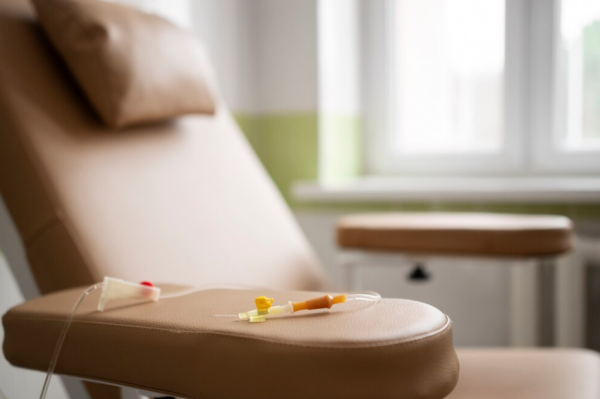Princess Kate’s Preventive Chemotherapy: What Is it and Why Is it Necessary?

©️ Freepik
In a rare public address, Princess Kate, Duchess of Cambridge, revealed on March 22nd that she is undergoing preventive chemotherapy as treatment for cancer. This announcement comes after a period of absence from public life following a surgical procedure earlier this year. But what is preventive chemotherapy and how does it work? More importantly, why is it necessary? Continue reading to find out.
Princess Kate’s Preventive Chemotherapy Announcement
The Duchess shared that she initially underwent planned abdominal surgery in January under the belief that her condition was non-cancerous. However, subsequent tests revealed the presence of cancer, prompting her medical team to recommend a course of preventative chemotherapy.
In her statement, Princess Catherine reassured the public and her family that she is “well and getting stronger every day” by focusing on her recovery. She emphasized the importance of maintaining a positive mindset and holistic healing approach.

Her husband, Prince William, and their three children, George, Charlotte, and Louis, have been supportive throughout her journey. The Duke and Duchess of Sussex, along with other notable figures such as U.K. Prime Minister Rishi Sunak and Princess Diana’s brother, Charles Spencer, have sent their well wishes to the Duchess.
Regardless of the successful surgery, as she explained in the video, “…tests after the operation found cancer had been present. My medical team therefore advised that I should undergo a course of preventative chemotherapy and I am now in the early stages of that treatment.”
She described her current treatment as being in the early stages.
Preventive Chemotherapy Explained
Regarding the term “preventive chemotherapy,” experts clarify that it refers to treatment administered after initial procedures like surgery to prevent cancer from recurring. This form of treatment, also known as adjuvant chemotherapy, aims to eliminate any remaining cancer cells in the body.
The term “preventive chemotherapy” can sometimes be used broadly. This type of chemotherapy is administered after the primary treatment for cancer, typically surgery, to reduce the risk of the cancer recurring.

Imagine this: surgery successfully removes the main tumor. However, there is a chance that microscopic cancer cells may linger undetected. Adjuvant chemotherapy aims to target and eliminate these hidden cells, lowering the chances of the cancer returning.
It’s important to note that adjuvant chemotherapy isn’t suitable for everyone. Doctors consider factors like the type and stage of cancer, the likelihood of recurrence, and the patient’s overall health to determine if it’s the best course of action.
Cancer Stages and Types
Cancer is often classified by stages, which describe the extent of the disease. Knowing the stage helps determine treatment options and prognosis. Early-stage cancers are generally confined to their origin, while later stages may involve lymph node involvement or spread to other organs.
Here is a general breakdown of the stages of cancer:
- Stage 0 (Carcinoma in situ): This is a very early stage of cancer where abnormal cells are present but haven’t spread beyond their origin.
- Stage I: The cancer is small and localized, often confined to its starting point, and hasn’t reached the lymph nodes.
- Stage II: The cancer is larger than stage I but still hasn’t spread to distant organs. It might have involved nearby tissues or lymph nodes.
- Stage III: The cancer is more advanced and may have grown larger or spread to some lymph nodes.
- Stage IV: This is the most advanced stage, indicating the cancer has metastasized to distant organs.
The most common types of cancers discovered from abdominal surgery include gastrointestinal, urinary, and genital cancers. However, without specific information from the Duchess, the exact type of cancer remains undisclosed.

Young Adults and Cancer
According to the American Cancer Society, cancer rates among young adults are on the rise. Here is a breakdown of the prevalence:
- Increase in Diagnoses: Studies show a significant increase in early-onset cancers (diagnosed before age 50) over the past few decades. One study reported a global rise of 79.1% in young adult cancers between 1990 and 2019 [1]. In the United States, the American Cancer Society (ACS) indicates young adults (aged 20-39) account for about 5% of all new cancer cases annually, translating to roughly 80,000 diagnoses.
- Age Group Most Affected: It’s important to note that cancer is still predominantly a disease of older adults. However, young adults are the only age group experiencing an increase in overall cancer incidence.
While Princess Catherine’s diagnosis sheds light on the prevalence of cancer among young adults, her focus remains on her recovery and the well-being of her family. She has requested privacy during this challenging time but expressed gratitude for the outpouring of support she has received.
Stay tuned for further developments on Princess Catherine’s health and journey towards wellness.
You may also like: Prince Harry and Meghan React After Kate Middleton’s Cancer Diagnosis


